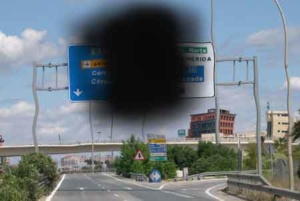Macular Degeneration
The retina is the light sensitive membrane attached to the inner surface of the eye. Light enters the eye and falls on the retina allowing us to see images, these are transmitted along the optic nerve to the brain where they are processed so we can see.
The macula is a small area in the middle of the retina with the greatest amount of light sensitive cells and is used for fine-detailed central vision. Macular degeneration is a painless disorder that can affect either eye, causing progressive loss of central and detailed vision.
Age-Related Macular Degeneration (AMD) is the most common form, although some forms affect younger people. There are two main types of AMD, referred to as ‘wet’ and ‘dry’. This is not a description of how the eye feels, but of whether leaking blood vessels are involved. Dry AMD accounts for 90% of cases, with 10% being Wet AMD. Dry AMD can become Wet AMD.

What are the symptoms of Macular Degeneration?
Wet AMD can cause a sudden onset of symptoms over days, resulting from a build up of fluid under the retina. Dry AMD progresses slowly over a number of years and the symptoms will onset gradually and includes blurred or absent central vision.
What can I expect to happen?
Your Optometrist will conduct tests if you have signs of AMD; this may include eye drops to dilate the pupil giving a better view of internal structures.
We recommend that you have an eye test every two years, unless your Optometrist advises otherwise.
Change
background
colour:

